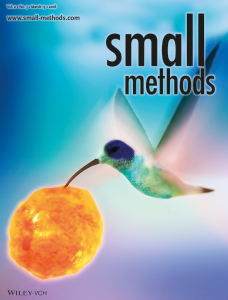In multicellular organisms, cells are individuals within a tissue. Two neighboring cells may exert very different behavior and cells of the same type may differ at the molecular level. Analyzing the proteomes, lipidomes, metabolomes, transcriptomes, genomes, and other “-omes” of cell populations in bulk may fail to notice important heterogeneities. Thus, single-cell omics analysis is becoming an important tool in various fields including cancer medicine and immunology.
Single cells can be processed for analysis in a traditional destructive way by lysis or fixation and permeation, but the results are only a snapshot of the cells’ state. To get an insight into the dynamics, innovative methods have been developed that can be used to extract the contents of living cells without affecting their viability. These non-destructive methods are now enabling repeated omics analysis of single cells over time.
The progress in the exciting field of nanoprobe‐based methods for extracting the content of single living cells and their applications is the topic of a review article in Small Methods by Paolo Actis from the University of Leeds. The methods discussed include mobile nanoprobes such as DENT, FluidFM, and nanopipettes, and static nanoprobes such as nanostraws. The concepts, capacities, and applications of these different methods are discussed in detail.

















